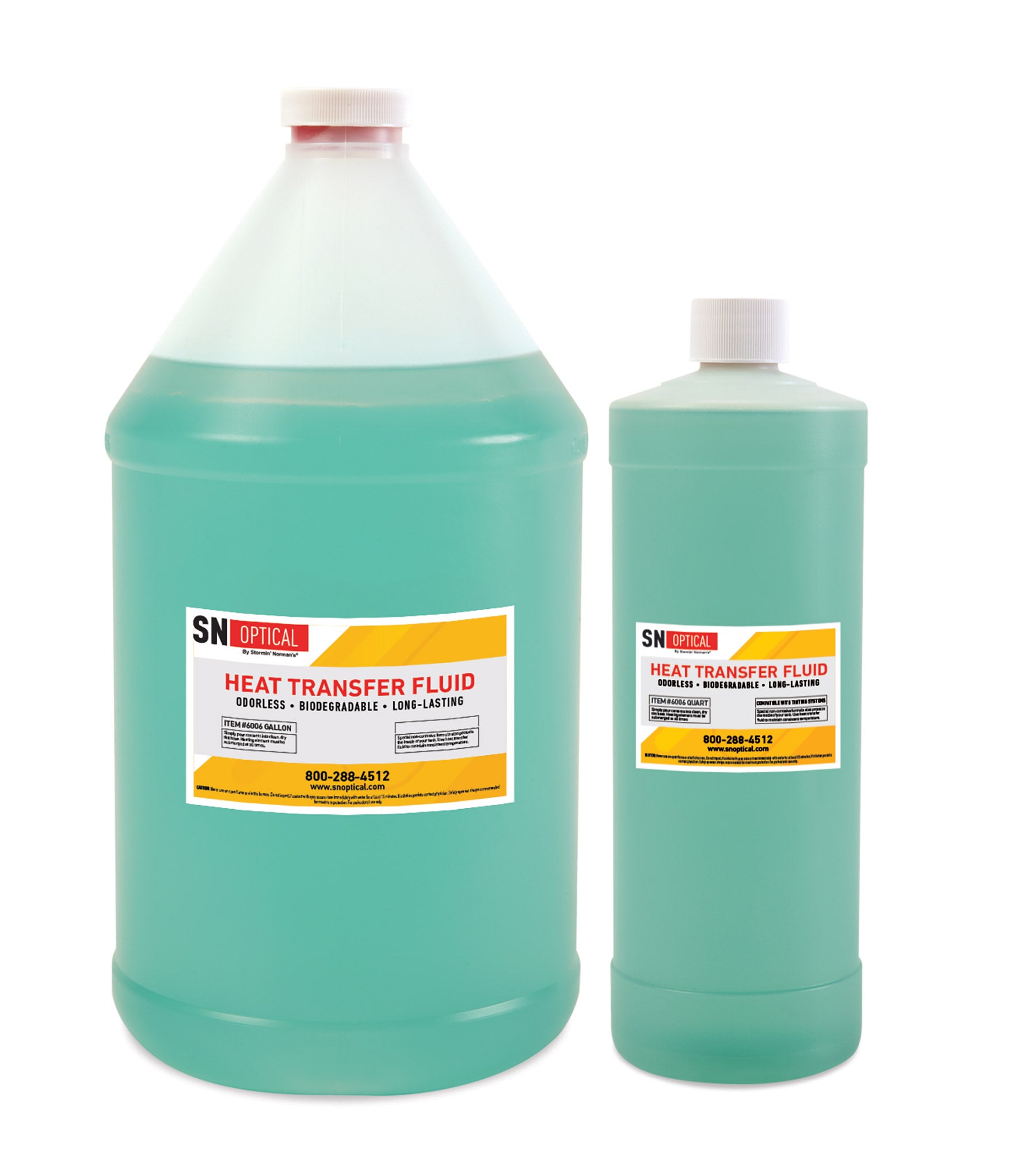The Role of Warmth Transfer Liquid in Enhancing System Efficiency and Security
In the ever-evolving landscape of industrial processes, heat transfer liquids (HTFs) become pivotal parts in enhancing both system performance and safety and security. These specialized liquids, known for their exceptional thermal conductivity and controlled thickness, allow reliable heat exchange, which is essential for structured operations. Nonetheless, the influence of HTFs prolongs past mere effectiveness; their intrinsic thermal security and reduced flammability substantially contribute to risk reduction. As sectors face the demand for high-performance and safe procedures, recognizing the nuanced duty of HTFs becomes important. What exactly makes HTFs so important in today's commercial frameworks?
Understanding Heat Transfer Liquids
Warm transfer liquids, frequently thought about the lifeline of thermal administration systems, play an essential function in controling temperature level across different commercial applications - heat transfer fluid. Industries such as chemical processing, power generation, and production count on warmth transfer liquids to make certain tools operates effectively and safely.
The option of an ideal warm transfer fluid is crucial to the success of a thermal administration system. Understanding the nature and feature of these liquids involves identifying their ability to absorb, transportation, and release warm energy efficiently. Warm transfer fluids can be generally classified right into various kinds, consisting of water-based, glycol-based, and artificial oils, each with its details applications and advantages. The selection of liquid relies on elements such as temperature array, thermal stability, and compatibility with system materials. In recap, an extensive understanding of heat transfer liquids is vital for enhancing system efficiency, guaranteeing operational safety, and achieving affordable thermal monitoring solutions.
Trick Quality of HTFs

The particular warm capacity of an HTF delineates the quantity of warmth energy required to change its temperature, impacting how successfully the system can react to temperature level variations. The boiling and freezing points of HTFs additionally play a critical duty, specifically in systems subjected to severe temperatures, ensuring liquid stability and stopping stage changes during operation.
Enhancing System Efficiency
To boost system performance with warmth transfer liquids (HTFs), it is vital to integrate a detailed method that considers both fluid residential or commercial properties and system style. The option of a proper HTF is essential, as its thermal conductivity, thickness, and certain warm ability straight influence the performance of warmth exchange.
Similarly vital is the style of the heat transfer system itself. The surface location and product of heat exchangers need to be enhanced to maximize warmth transfer performance.
Boosting Operational Safety And Security
Ensuring operational security in warm transfer systems needs a careful concentrate on both the residential or commercial properties of heat transfer fluids (HTFs) and the layout and upkeep of the whole system. HTFs need to possess thermal stability, low flammability, and appropriate viscosity to minimize threats such as leakages, fires, and system breakdowns. Choosing the best HTF is important as it figures out the system's capability to deal with temperature changes without jeopardizing security.
The style of the system must include redundancies and fail-safes to take care of possible threats efficiently. This includes the integration of safety visit our website and security shutoffs, stress alleviation tools, and temperature level tracking systems to find and attend to abnormalities without delay. Normal maintenance is imperative to make certain that all parts, consisting of pumps, pipes, and seals, are operating appropriately and are free from wear or corrosion, which could result in harmful leaks or failures.
Additionally, personnel responsible for the operation and maintenance of heat transfer systems have to be properly trained in safety methods and emergency response treatments. Constant training programs and safety drills can significantly reduce the probability of crashes, making sure a safer working setting. Ultimately, a thorough method to safety and security-- including liquid selection, system layout, and workforce training-- is crucial for ideal operational protection.
Market Applications of HTFs
Extensively used throughout various fields, warm transfer liquids (HTFs) play an essential role in boosting the efficiency and dependability have a peek at this site of thermal management systems. In the chemical sector, HTFs are essential for additional info preserving specific temperatures throughout responses, making sure product uniformity and top quality. They facilitate warmth exchange processes in reactors, condensers, and warm exchangers, consequently optimizing energy usage and minimizing waste.
In the oil and gas sector, HTFs are employed in both upstream and downstream operations. They manage temperature in drilling operations and improve efficiency in refining processes by providing stable thermal problems. This results in reduced downtime and enhanced safety, particularly in vital operations such as distillation and breaking.
The sustainable energy industry likewise benefits substantially from HTFs, especially in focused solar power (CSP) plants. Here, HTFs transfer captured solar power to power generators, making it possible for effective power generation. The pharmaceutical industry depends on HTFs for precise temperature control in both synthesis and storage, guaranteeing product efficacy and safety and security.


In addition, the food and beverage industry uses HTFs for pasteurization, sanitation, and food preparation processes, improving both item security and manufacturing performance. Throughout these markets, HTFs work as indispensable components in keeping optimal functional performance and safety.
Conclusion
Warmth transfer fluids are essential in enhancing industrial system performance and safety and security by offering high thermal conductivity, ideal viscosity, and thermal security. Proper choice and maintenance of HTFs boost warm exchange efficiency, thus enhancing operational efficiency. The reduced flammability of these fluids is critical for minimizing dangers and making certain risk-free procedures. Comprehensive employees training and regular maintenance additionally sustain the reliability and effectiveness of commercial procedures, solidifying the vital duty of HTFs in varied applications.